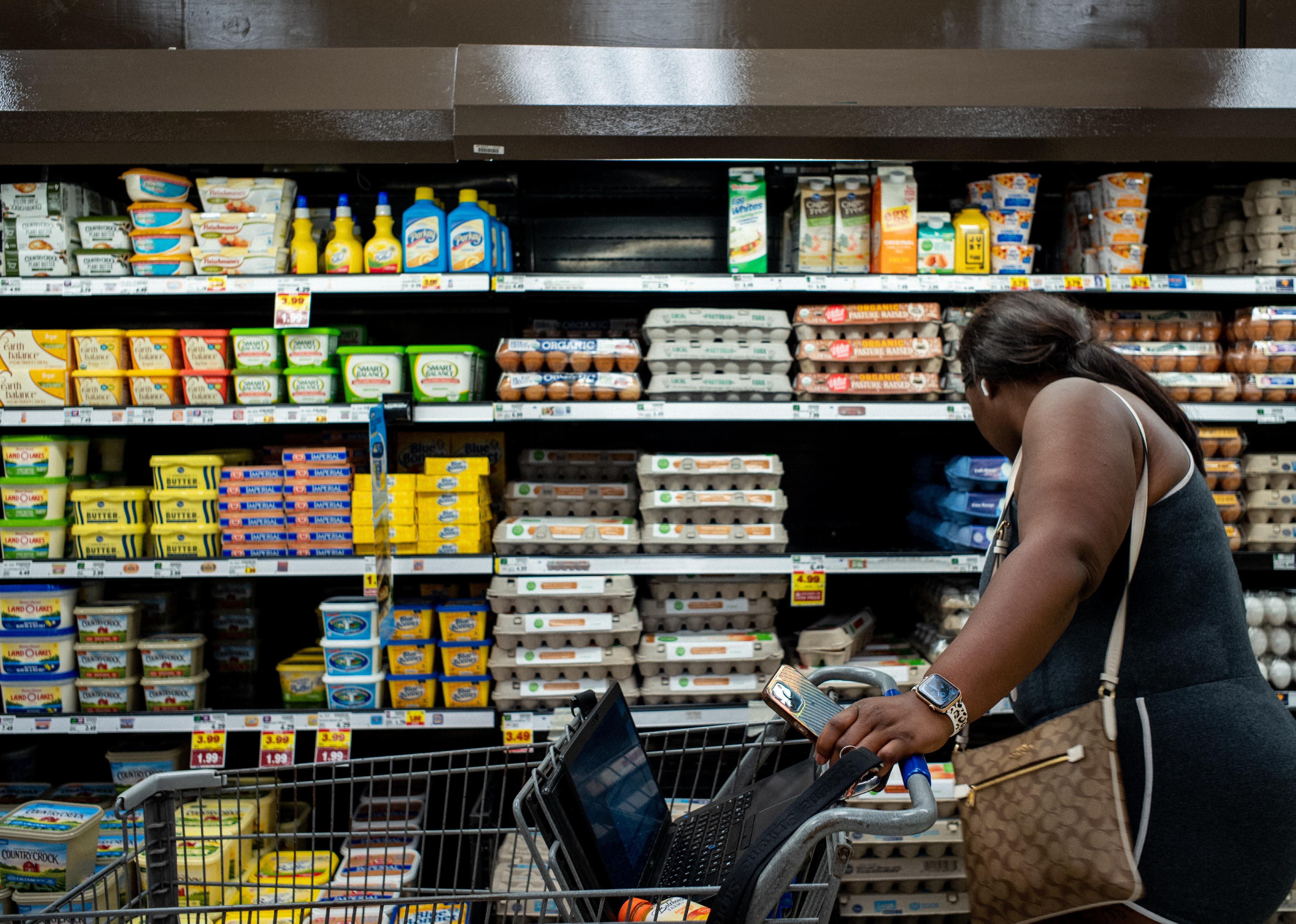
This story originally appeared on TD Bank Group and was produced and distributed in partnership with Stacker Studio.
6 spending habits that can sneakily add up on you
The cost of all goods and services in much of North America has risen between 7% and 9% in August 2022 compared to the year prior, according to central banks in the U.S., Canada, and Mexico. Consumers across the continent are feeling the pressure as the cost of everyday expenses skyrocket—or in some cases sneak up steadily—and stretch household budgets.
Here are six everyday consumer expenses that have increased in cost since the COVID-19 pandemic began, using information from the U.S. Federal Reserve, Bank of Canada, Statistics Canada and other publicly available data, news reports, and market research.
Hopes that inflation would be tamed before the fall dwindled as August 2022 showed costs in Canada were 7%, according to Statistics Canada more than over the same month in 2021. The U.S. saw an 8.3%, year-over-year increase as reported by the U.S. Department of Labor, and in Mexico, the National Institute of Statistics and Geography (INEGI) saw consumer prices jump the highest at 8.7%.
The U.S. inflation rate remains near four-decade highs despite actions taken this year by the U.S. Federal Reserve Bank to increase interest rates, driving fears that inflation could be a challenge to reign in. Other North American central banks have followed the U.S. to raise benchmark interest rates in hopes of cooling rapidly rising prices for consumers by making it more expensive to borrow money.
However, despite their efforts, the combination of pandemic recovery, rising oil prices, and other circumstances relating to production, shipping, and other global events continues to touch almost every corner of consumer life. People shipping packages, buying organic foods, and ordering lunch, are now seeing prices becoming sneakily expensive. Even purchasing some popular mobile apps went up a whole dollar—and a cup of coffee can cost almost $5.
In Canada, polling completed in August 2022 by Statistics Canada shows that for 3 in 4 Canadians, rising prices are affecting their ability to pay for everyday living expenses. Meanwhile, 40% of American adults reported to the United States Census Bureau that it was at least somewhat difficult to afford regular household expenses in August 2022.
Keep reading to learn more about common spending habits and why they have become more expensive in the past few years.
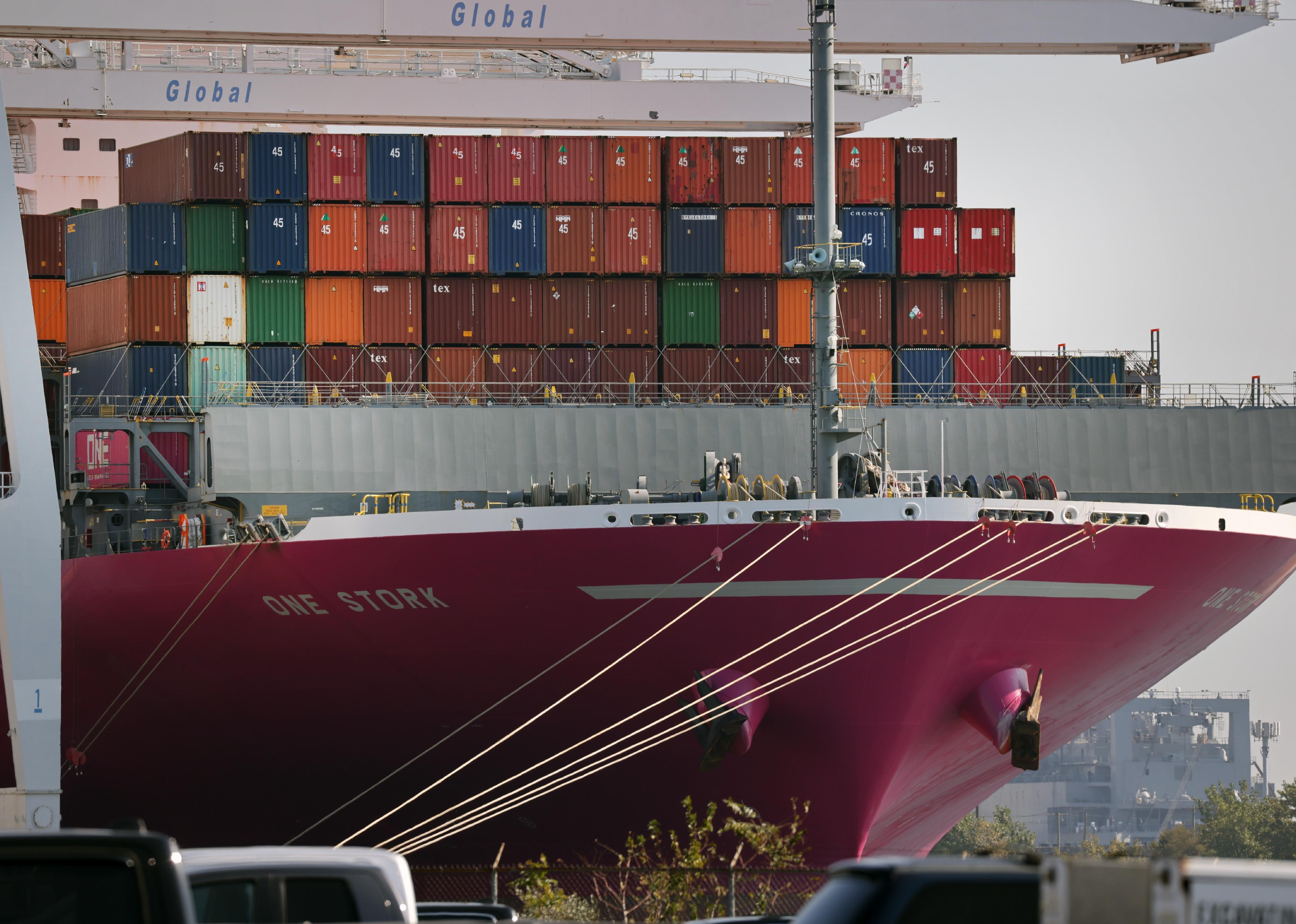
Shipping packages
During the pandemic, the International Monetary Fund reported in March 2022 that shipping costs surged so dramatically that the cost to transport a cargo container along a transoceanic trade route shot up sevenfold during the 18 months following March 2020—with the shipping cost for bulk commodities spiking even more. The pandemic upended supply chains, and ports saw labor shortages.
Pandemic health restrictions drove up demand for online shopping during extended lockdowns, only adding more stress to the supply chain that led to shipping delays and a surge in shipping costs.
So, if you're planning to ship a package, don't wait until the last minute; sending something overnight or express could cost you exponentially more.
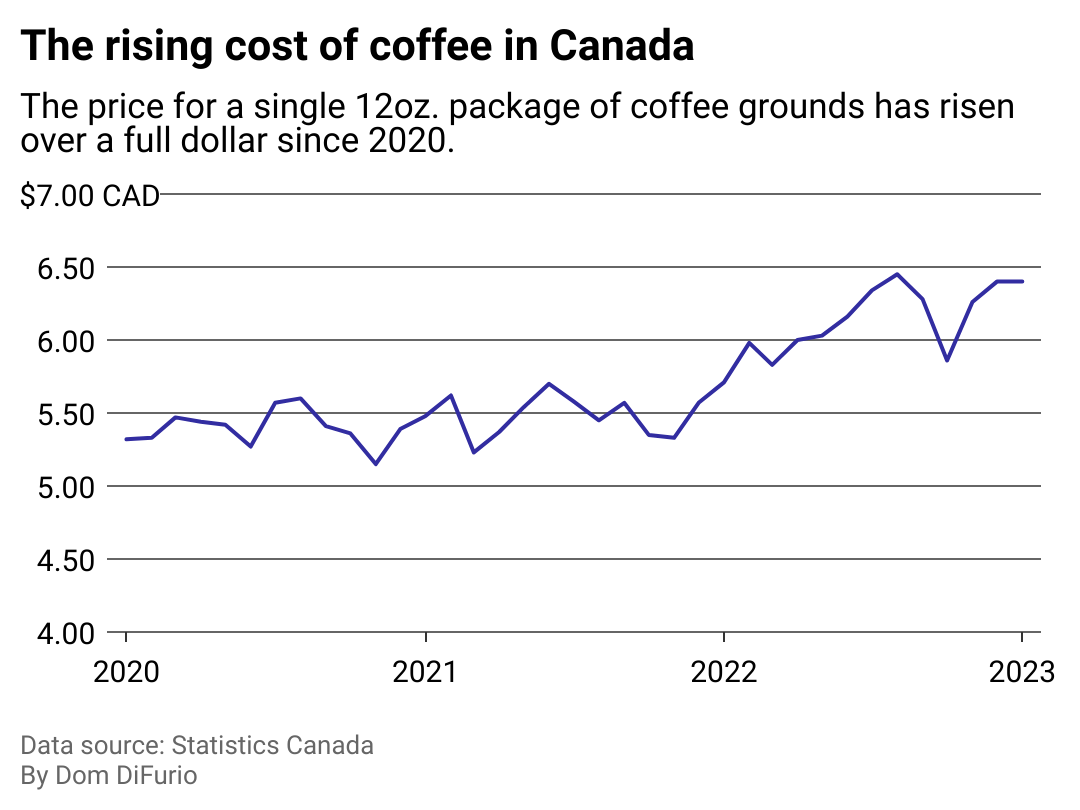
Coffee
It's not your imagination: The cost for your morning jolt of caffeine has crept up. Several popular coffee chains announced price increases in 2022, citing supply chain disruptions and increased labor costs. In the U.S., the price for a cup of coffee skyrocketed by 7.6% from August 2021 to August 2022, now costing $4.90 USD on average, according to the article published by Insider in August 2022.
For Americans brewing at home, roasted bean prices have jumped 17% since 2021—even instant coffee crept up 12%—so while coffee makers are the cheaper option over time, it's still not immune to inflation. Canadian coffee drinkers saw the price of 12 oz. package of ground beans rise a full dollar since 2020, according to consumer price index data from Statistics Canada.
Aside from inflation, the weather is having an outsized impact: In 2021, Reuters reported that in Brazil, the largest coffee exporter worldwide, farmers faced frost, which damaged their arabica beans crops. Some farmers say their production will be impacted, which could lead to higher prices for coffee. While coffee lovers have few options to get around price increases, buying in bulk and brewing at home can keep overall costs down.

In-app mobile purchases
During lockdown restrictions, people had more spare time and used gaming apps, causing consumer mobile games spending to skyrocket in 2020. Canadians downloaded 469.6 million gaming apps in 2019, a number that steadily rose to 659.9 million by 2022—a nearly 41% surge, according to data from Statista. In-app purchases saw a sharp spike in 2020 and since then have seen slower growth, though it continues with a steady rise in revenue.
Meanwhile, in the U.S., mobile app research firm Apptopia reports a 40% year-over-year increase in average in-app purchases in July 2022. According to Digital Information World, the average price of in-app purchases—among the top iOS U.S. games—was $3.99 USD in 2019. Over one year, that price increased 25%, reaching an average cost of $4.99 USD in 2020.
With more games on people's phones than ever, it's easier to lose track of the costs that add up, so consider taking inventory and uninstalling games or restricting in-app purchases through your phone's settings.
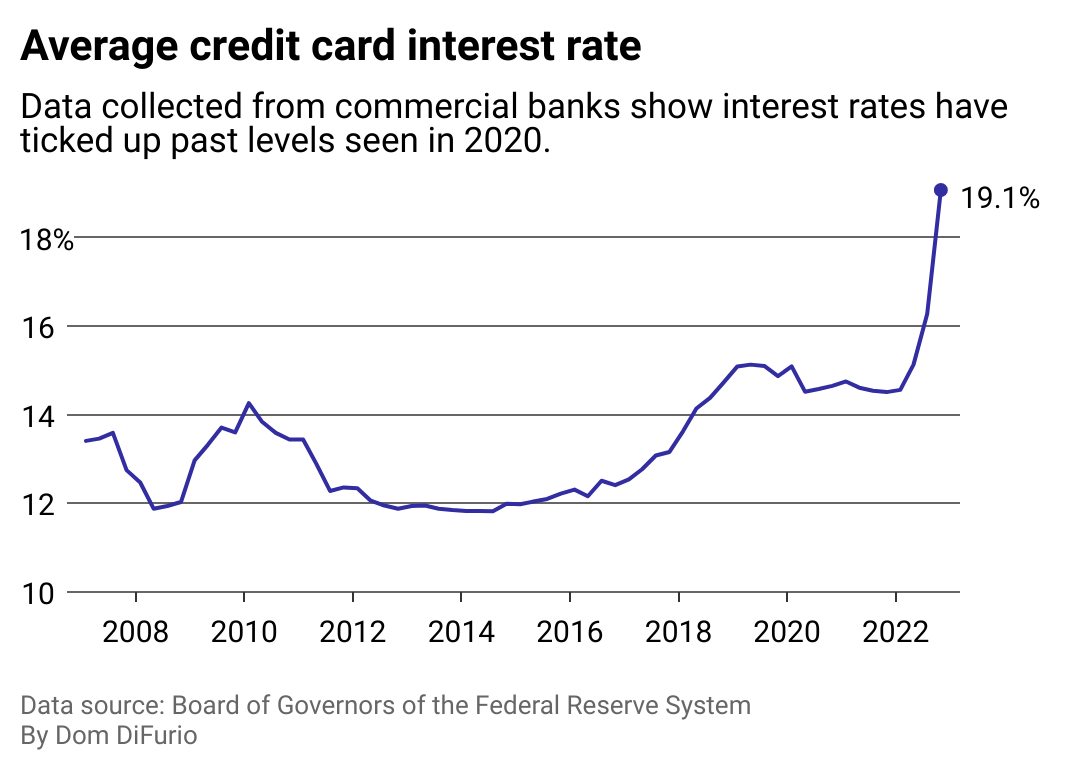
Making minimum payments on a credit card
Credit card interest rates can be high, and if you've made a habit of paying the minimum, your interest costs may be adding up. Canadian credit card holders generally have an interest rate ranging between 19% and 22%.
In the U.S., Forbes found that the average interest rate for credit cards was 16.65% in May 2022, which is 2 percentage points higher than in the third quarter of 2020. If a card holder has a balance of $2,000 USD and a 16.65% interest rate, it would take eight years and five months—and an additional $1,529.61 USD in interest—to pay it off with minimum payments.
In 2020, it would have taken eight years and three months to pay off $2,000 USD with minimum payments—starting in 2022, it would take an extra two months to pay off the same amount.
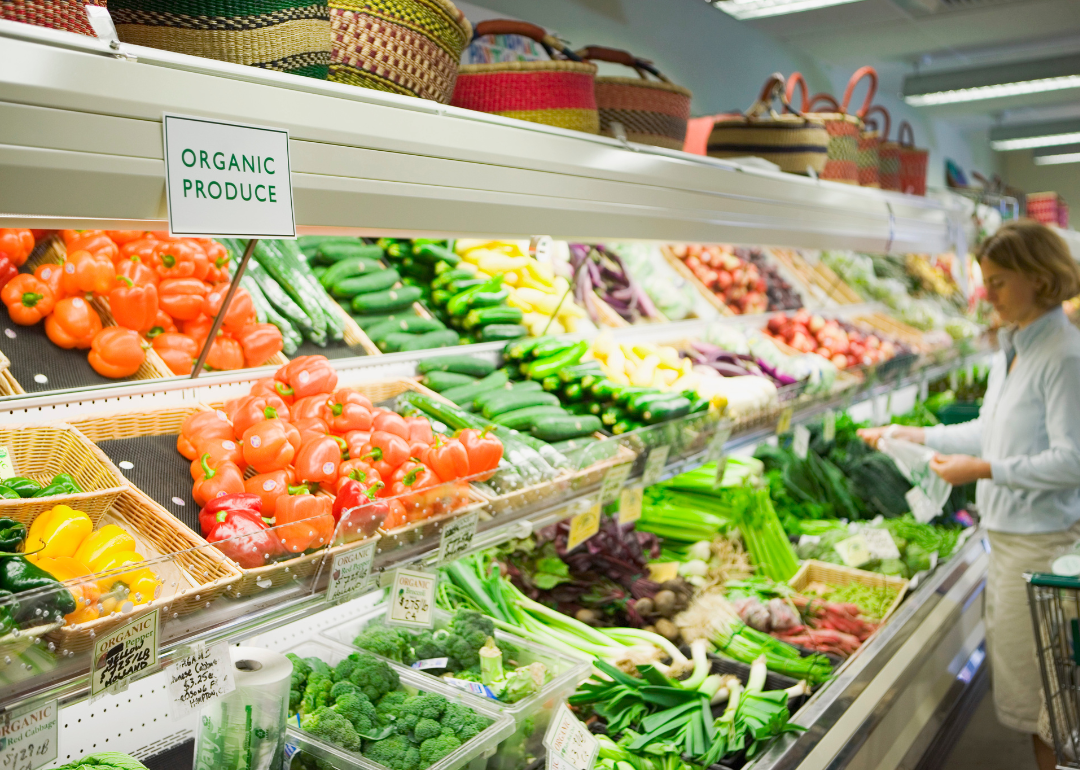
Organic foods
A March 2022 Axios study found that the gap in price between organic and conventionally grown foods is closing. But choosing organic for your entire haul could still drive the cost of your cart up 14.7% more than if you had chosen conventionally grown items. If choosing organic, buying in bulk, and picking foods that can be frozen (or cooked and then frozen) can help you save.
Tasting Table reported in August 2022 that generally, food prices have been rising for several reasons, including higher fuel costs, increased employee turnover, and supply-chain disruptions.
As has been the case for nearly every industry, inflation also rears its head here, as can be seen clearly in the rise in romaine lettuce prices. The average romaine lettuce price per pound in April 2021 was $2 USD and increased to $5 USD in April 2022.
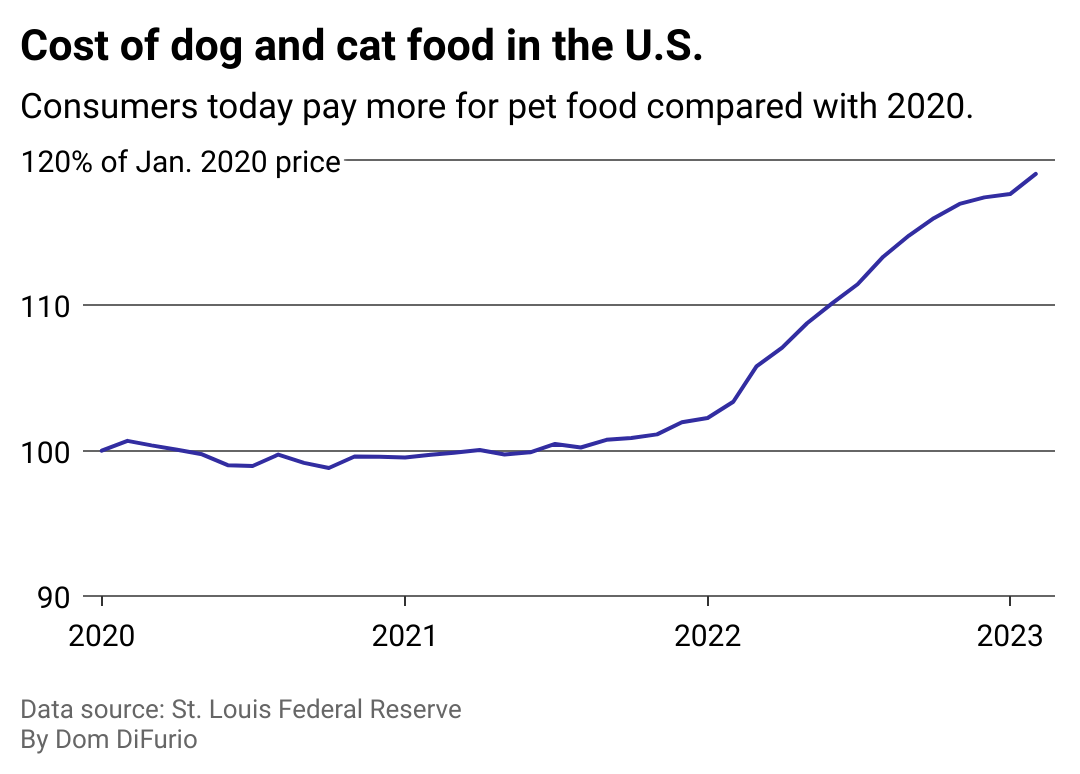
Pet food
Pet owners are also feeling the pinch. In June 2022, U.S. and Canada saw a 10% year-over-year jump in the cost of pet food and supplies, according to Pet Food Industry.
U.S. farmers can charge higher prices for the corn and soy they grow for the production of biofuel, which raises the costs of food processor supplies and, eventually, puts pet food companies in a position where their procuring and purchasing processes become more complex. And as reported by the Toronto Star in August 2022, it's not just pet food costs that are soaring: vet appointments, pet medication, and toys have also seen jumps of up to 30% in some areas since 2020.



